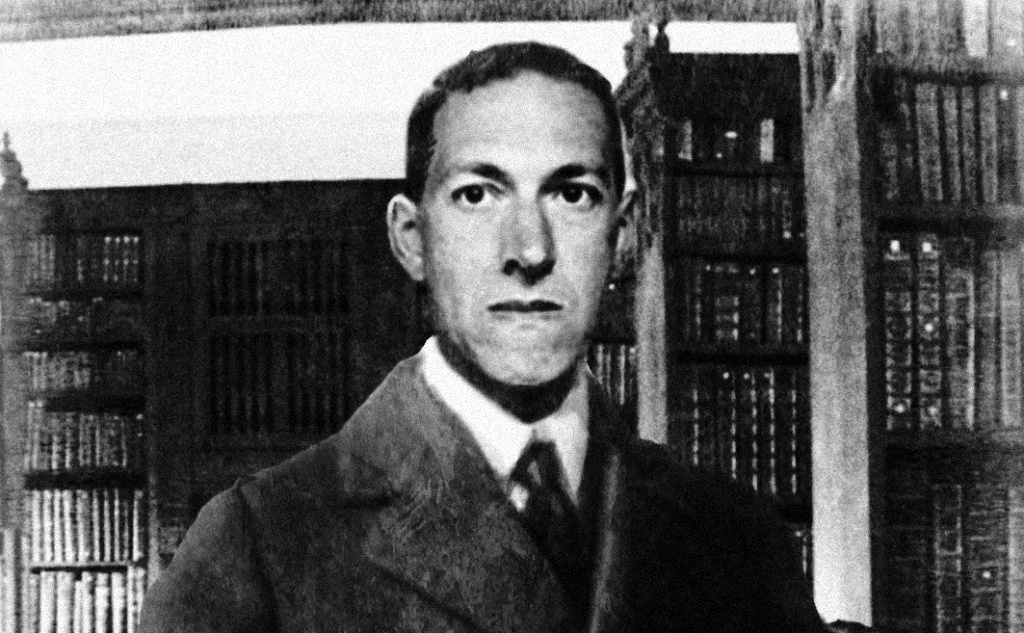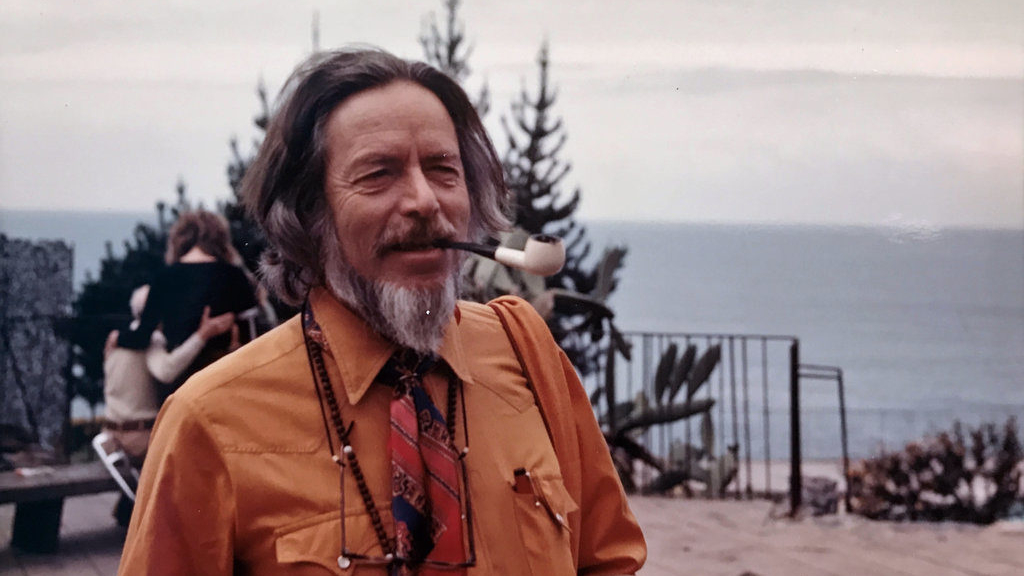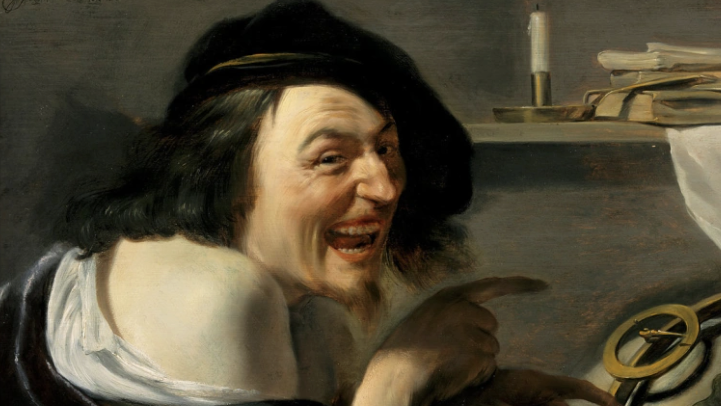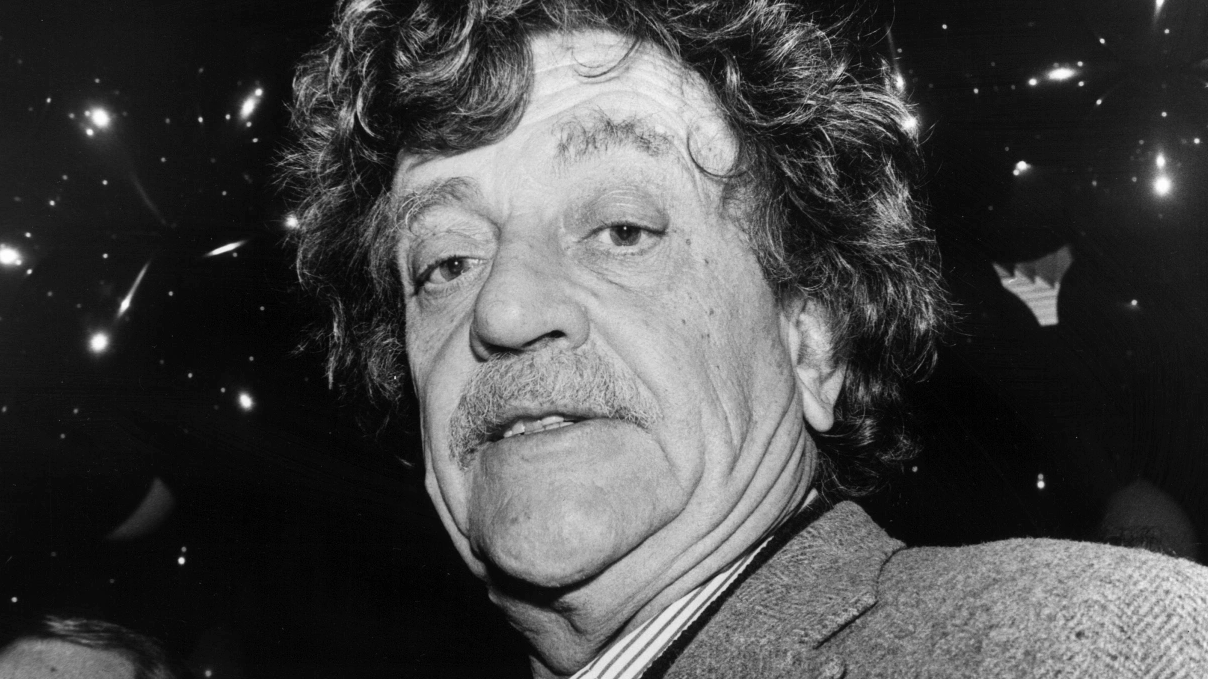Why Bob Dylan Deserves a Nobel Prize in Literature

On October 13, 2016 Bob Dylan was awarded a Nobel prize for Literature and the reaction was decidedly mixed.
Apparently, embarrassing dad who responds to your hip-hop records by telling you Dylan was the *real* poet runs the Nobel committee.
— Amanda Marcotte (@AmandaMarcotte) October 13, 2016
Though the logic of the Nobel committee is pretty easy to glean when it comes to the sciences, in other, less-defined categories, it surprises on a fairly regular basis. Remember Barack Obama’s hey-I-just-got-elected Peace prize? In Dylan’s case, one cheeky Twitter user suggests we only have a look at the committee to understand what happened this time.
Bob Dylan’s win makes a lot more sense when you see this photo of the Nobel Committee. pic.twitter.com/OmJK86lmkJ
— ethereal chill (@ethanchiel) October 13, 2016
The Band, Dylan’s old backup group (ELLIOT LANDY)
It’s not the first time a Nobel has been awarded to a songwriter, either. That was Bengali polymath Rabindranath Tagore, who received one in 1913 based on his 1912 Gitanjali: Song Offerings.
In any event, much of the discord stems from the offense some people take at song lyrics being viewed as Literature.
I totally get the Nobel committee. Reading books is hard.
— Gary Shteyngart (@Shteyngart) October 13, 2016
And yet, Literature is not some dead art form, some sacrosanct discipline of the past one views as if in a museum. Literature — yes, with an upper-case “L” — is a living art form that traffics in the creative use of language for the expression of ideas and feelings. It’s books, it’s poetry, it’s lyrics, it’s the work of playwrights and screenwriters. Every vital art mutates to suit its times. And it can come from anywhere, even from a tunesmith.
This is all part of the great secret artists keep: Anyone can make art. It’s not just the purview of individuals anointed for the task. To be an artist, you just have to dare to make some art.
Every artist has his or her creative turf, and Dylan is no exception.
When Bob Dylan wins a Nobel and you think of the dude in your life and his deep affinity for Dylan and what I call peak white man music.
— Shay Stewart Bouley (@blackgirlinmain) October 13, 2016
Still, given that Bob Dylan’s merely a well-traveled version of his original white, Jewish self, the scope of his lyric work is still impressive. A look at the lyrics from the first 18 of his 67(!!) albums makes the case.
When Dylan first began to attract notice, it was through the elegant simplicity of “Blowing in the Wind,” a Top 40 hit in 1963 for Peter, Paul and Mary. In its Mad Men era, this now-almost quaint song stood as a stunningly eloquent wakeup call regarding injustice and war.
Yes, how many times must a man look up
Before he can see the sky?
Yes, how many ears must one man have
Before he can hear people cry?
Yes, how many deaths will it take till he knows
That too many people have died ?
The answer my friend is blowin' in the wind
The answer is blowin' in the wind.
It was just one of a set of highly charged missives to a society grappling with the darkest days of the American Civil Rights movement — such as “The Death of Emmett Till” — and the war in Vietnam.
The Freewheelin’ Bob Dylan (DON HUNSTEIN)
Early Dylan wrote painfully funny songs, too, such as “Bob Dylan’s 115th Dream,” his hilarious tale of his fictional arrival in the New World just ahead of Christopher Columbus.
And there were love songs, like the aching “Just Like a Woman, “ and the breathless “Tomorrow is a Long Time.”
Almost immediately upon acquiring fame, though, Dylan’s style abruptly snapped into something new altogether: intense stories taking place in a surreal universe of his own design, aided in spirit by the poet Rimbaud.
The opening verse of the chilling “It’s Alright Ma, (I’m Only Bleeding)”:
Darkness at the break of noon
Shadows even the silver spoon
The handmade blade, the child’s balloon
Eclipses both the sun and moon
To understand you know too soon
There is no sense in trying
1965 (EVENING STANDARD/STRINGER)
While much was made later of Dylan’s switch from folk to rock, this lyrical axis-tilt was actually the more electric event. His songs throughout this busy era were dense with arresting imagery and ideas — “Desolation Row” “Just Like Tom Thumb’s Blues” — and he produced work at a dazzling pace, right up until he dropped out of sight altogether to begin a family and recover from a motorcycle accident in 1966.
The evolution of Dylan’s immense body of work parallels the stages of the man’s life, and when he finally re-emerged, it was with music and lyrics more befitting a new dad living with his family on the side of Ohayo Mountain in Woodstock, New York. Mellow, reflective, and not nearly so rough-edged, Dylan seemed content to traffic in more conventional imagery and rhyme patterns, delivering simpler, romantic songs (“If Not for You” and “Lay Lady Lay”) and philosophical ramblings (“Time Passes Slowly”).
Nashville Skyline (ELLIOT LANDY)
Eventually, however, the marriage began to fail, resulting in his most emotionally revealing and maybe most distilled work, the 1975 album Blood on the Tracks. Included on the album is the heartbreaking thank-you to his soon-to-be-ex-wife, “Shelter From the Storm,” its imagery a clear descendant of “It’s Alright, Ma.”
Twas in another lifetime, one of toil and blood
When blackness was a virtue and the road was full of mud
I came in from the wilderness, a creature void of form
“Come in,” she said, “I’ll give you shelter from the storm”
In all the years since Blood on the Tracks, Dylan has continued to produce vital new work all the way through 2016's Fallen Angels — Wikipedia lists 552 of his songs in their tally. Sometimes playful, sometimes deep, it’s a lyric record of human experience as rich and profound as anyone’s. And given Dylan’s productivity over such an extended period of time, it’s really a more massive body of work than most any author one can think of.
He’s also written two books, the largely dismissed 1966 Tarantula, and 2005’s well-received autobiography Chronicles, Volume One.
Dylan may have thought he was just writing songs — and two books — but Nobel’s right: He was making Literature.





